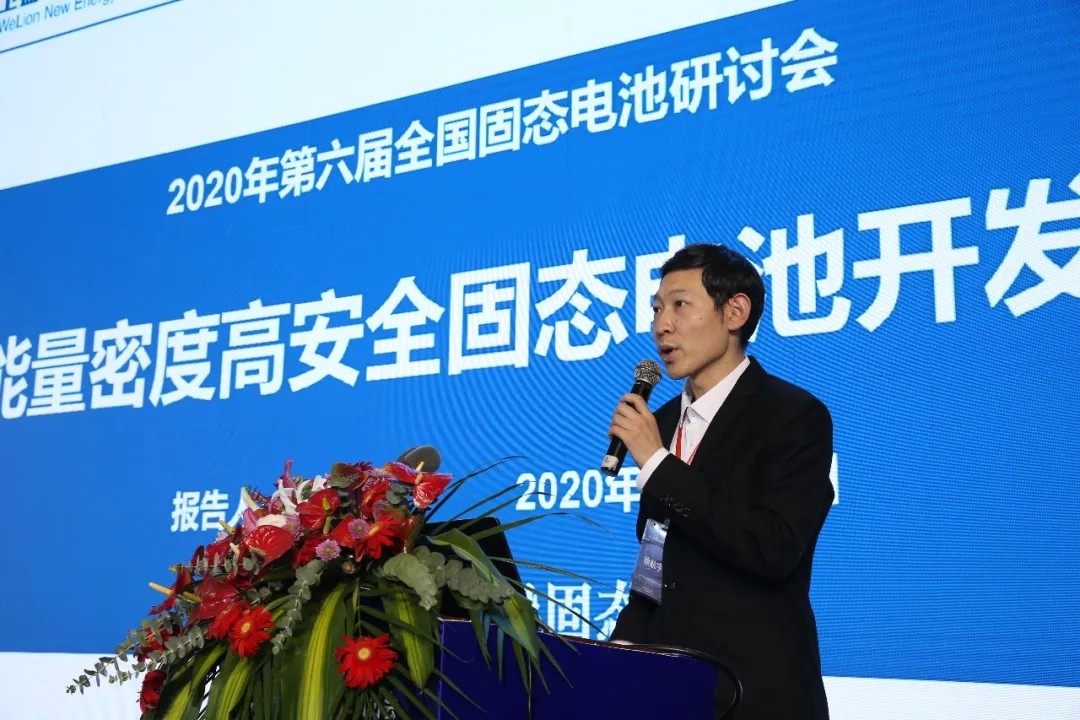
As one of the most important electrochemical energy storage devices, lithium-ion batteries have been widely used in various fields. However, the traditional liquid lithium-ion batteries have serious safety risks and are difficult to meet the needs of high energy density and high safety batteries in various fields. By replacing traditional liquid electrolyte with solid electrolyte with higher stability, it is expected to fundamentally solve the safety problem, and at the same time, it is compatible with positive and negative anode materials with higher specific energy. Therefore, it is of great significance to develop solid-state batteries with both high energy density and high safety.
In ascending battery energy density, the most fundamental way is to improve specific capacity of anode materials and electric potential difference, such as development under low potential to achieve high specific volume of the anode materials (such as high nickel three yuan, three yuan undervalued), enhance the anode material to take off the intercalated-li potential (such as high voltage cobalt acid lithium), and gradually develop a ratio can anode materials such as silicon anode, and lithium metal anode even without the lithium cathode), etc. In addition, diaphragm, pole ear, fluid collector, packaging materials and other auxiliary materials in the core still account for a higher proportion, is expected to further reduce through the continuous development of technology iteration, in the development of anode and anode materials into the bottleneck period, the energy density of the cell in the auxiliary material optimization is still about 10% room for improvement. In terms of the cell structure design, the larger the cell size, the higher the polar one-sided capacity, the smaller the porosity, the smaller the N/P ratio, the higher the first cycle efficiency, the higher the energy density of the cell.
In terms of improving battery safety, the core idea is to gradually introduce safer solid electrolyte and reduce liquid content on the basis of traditional lithium-ion batteries. The idea of in-situ solid-state can effectively improve the solid-solid interface contact, volume change and other problems caused by the introduction of solid electrolyte, and reduce the internal contact resistance. Of course, the solid state battery needs to comprehensively consider the performance of many aspects, in the cell development process, but also to the material parameters, structural parameters, process parameters to obtain and modify, combined with simulation technology, accurate design of the cell energy density, capacity, volume, internal resistance, magnification and other performance indicators.
At present, Veilan New Energy has developed a series of high energy density and high safety hybrid solid-liquid battery products in the fields of UAV, electric vehicle and national security, etc., and its comprehensive electrical performance and safety rank at the forefront of the industry. Although the development and industrialization of solid state batteries with high energy density and high safety are still facing many challenges, Weilan New Energy is willing to work with peers to make solid progress, overcome difficulties and jointly boost the vigorous development of China's lithium battery industry!